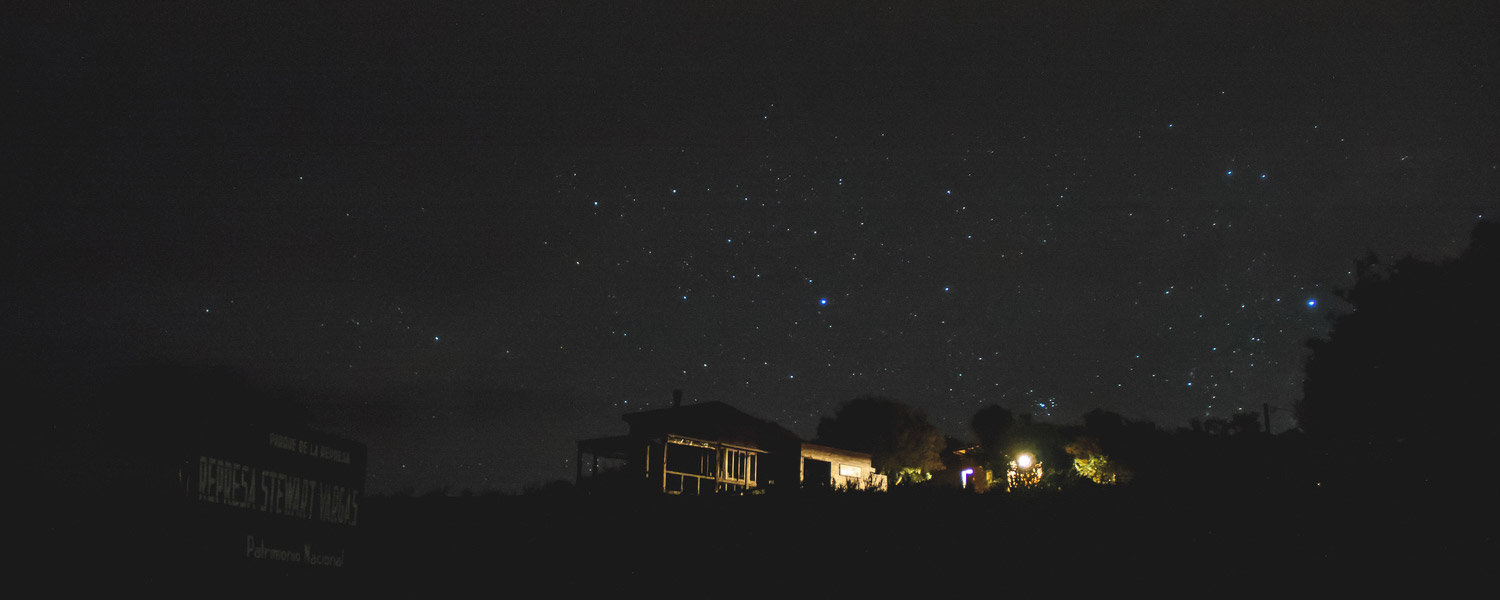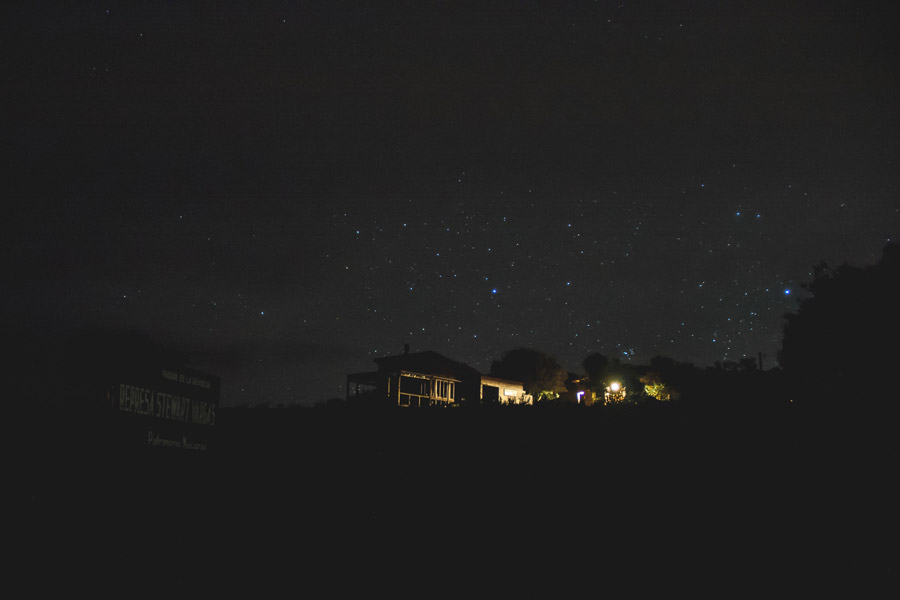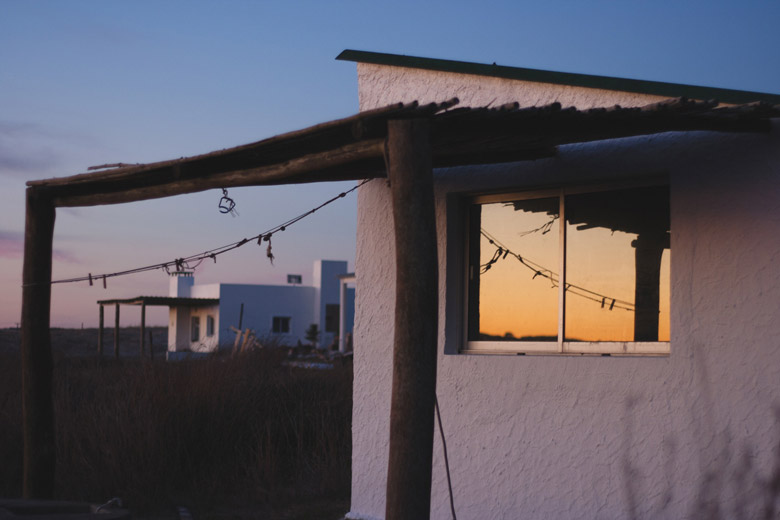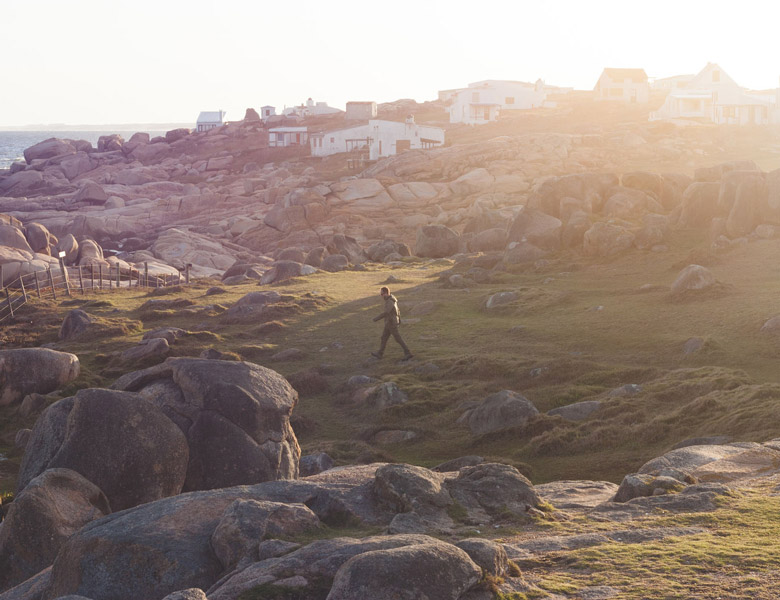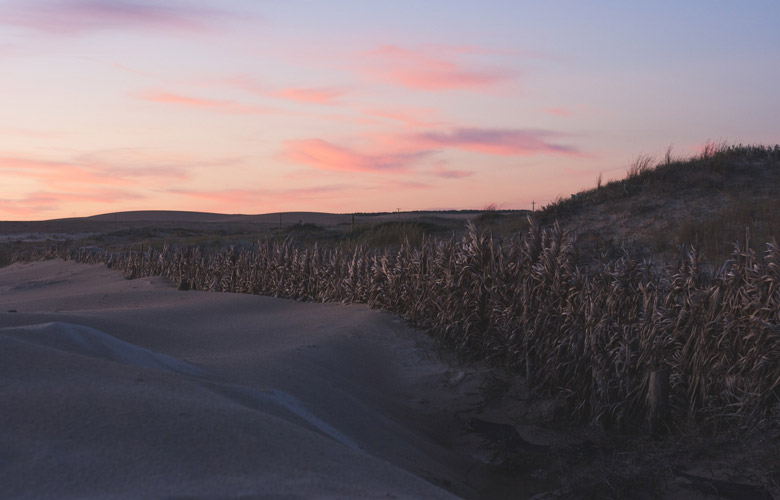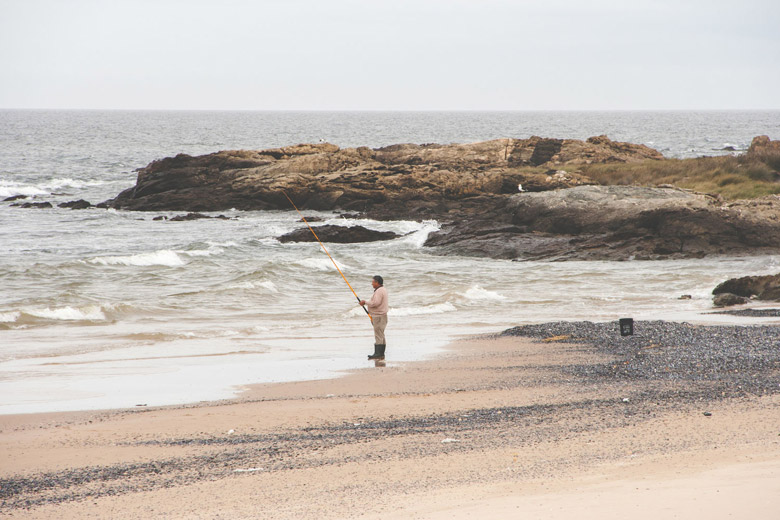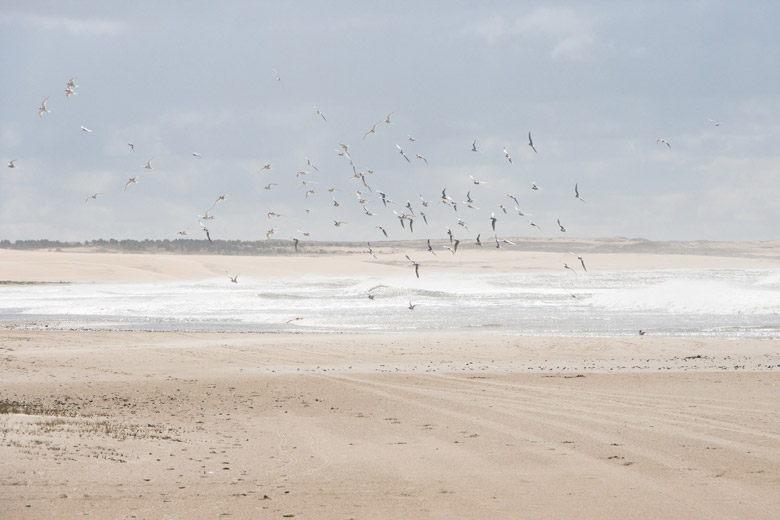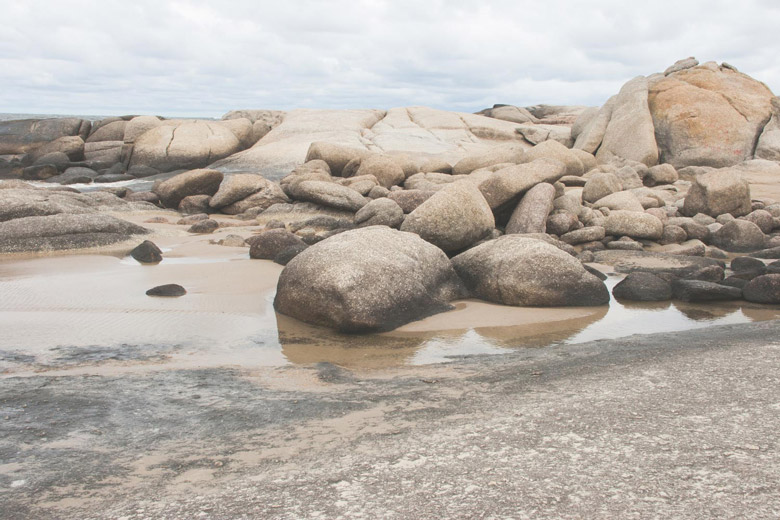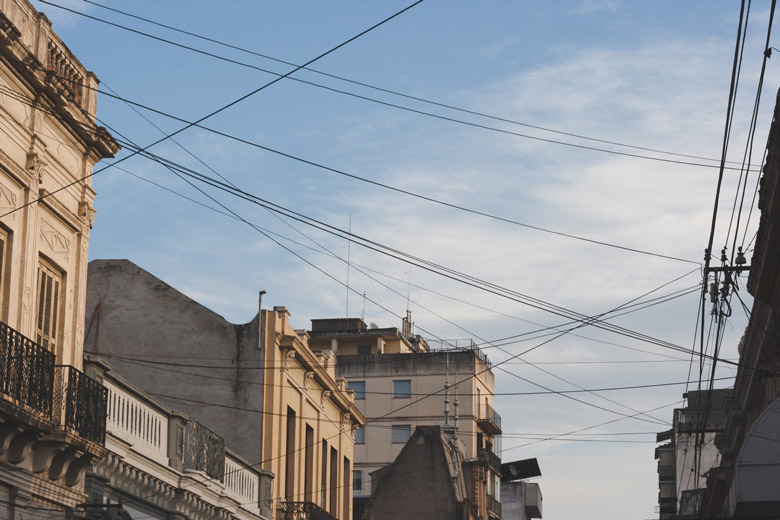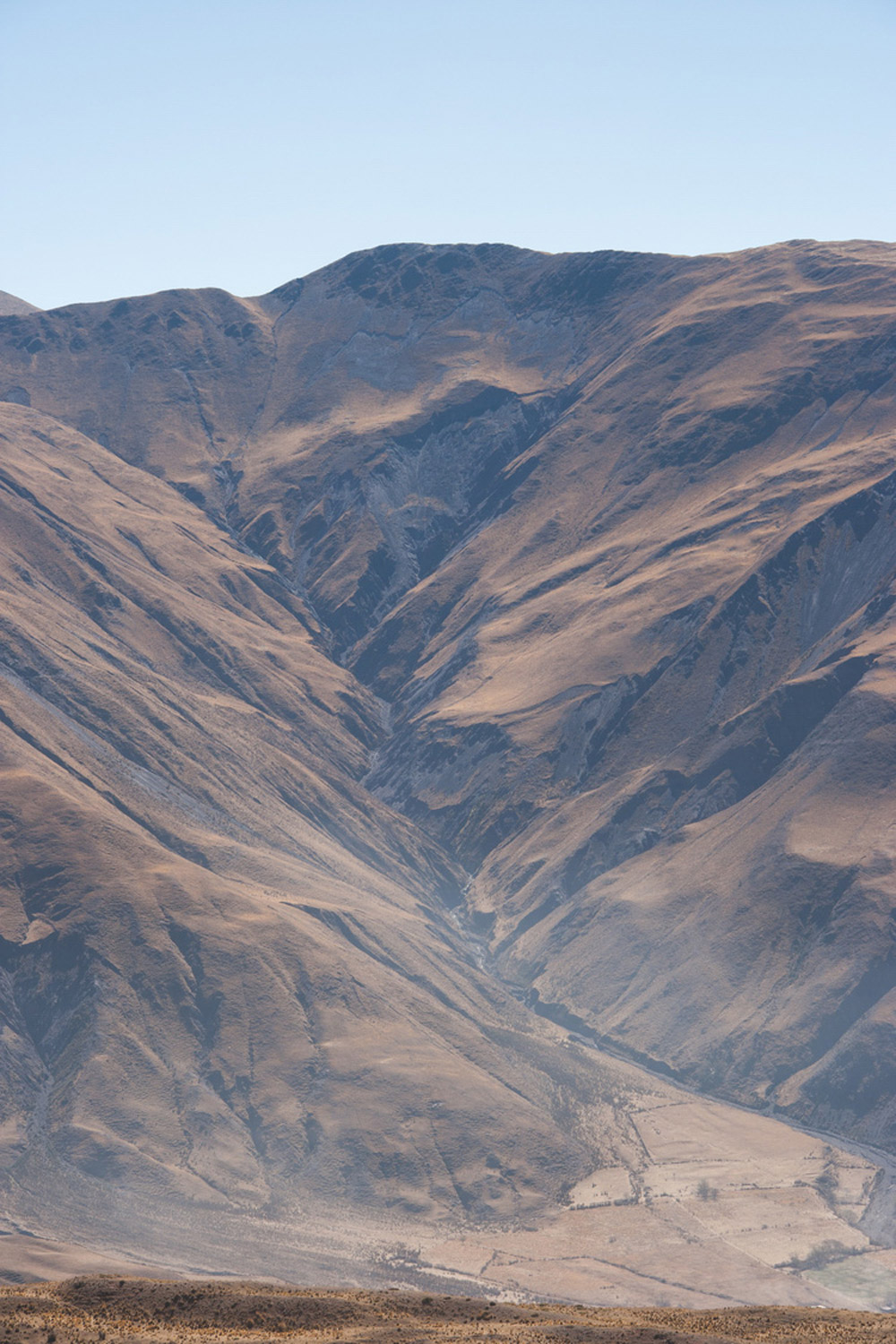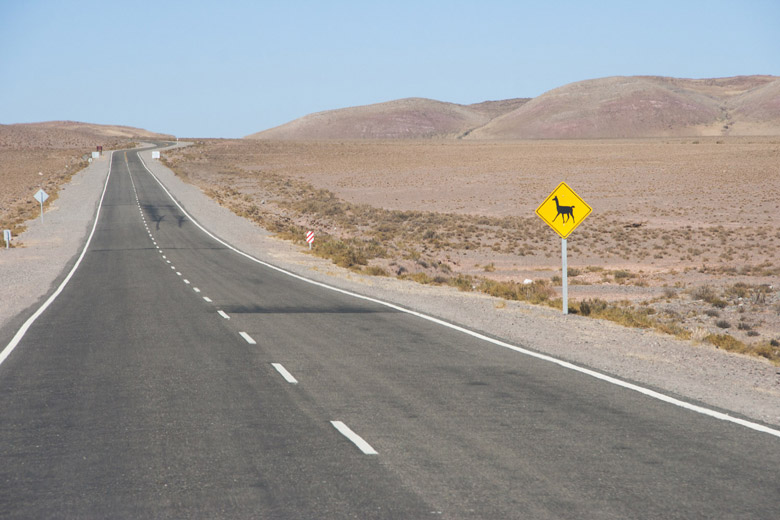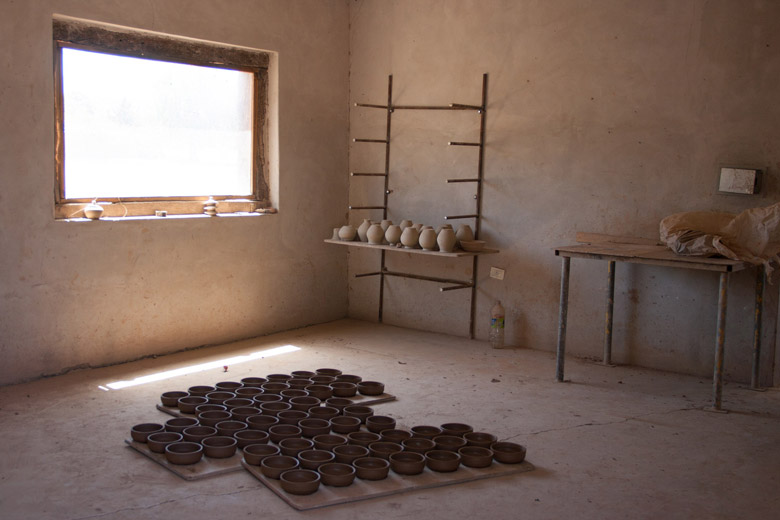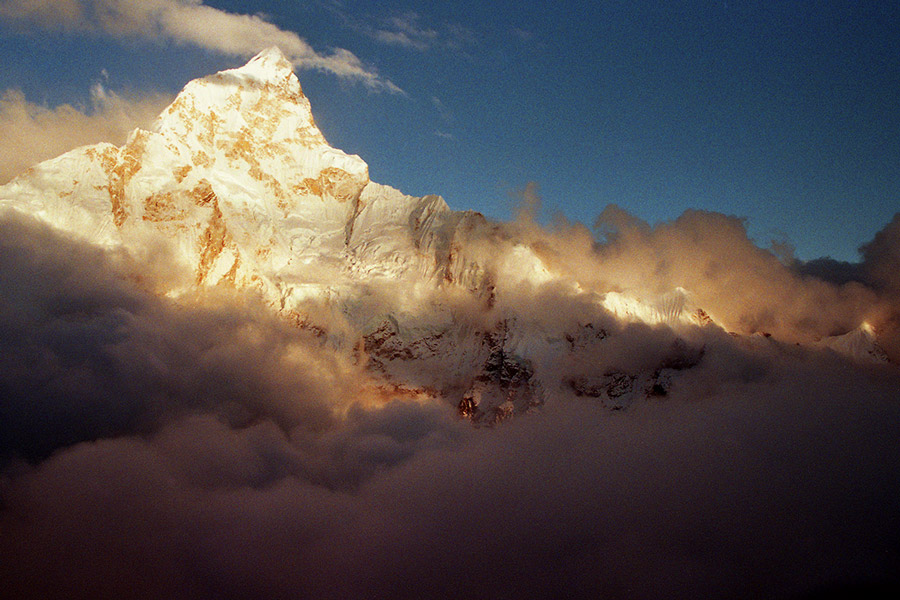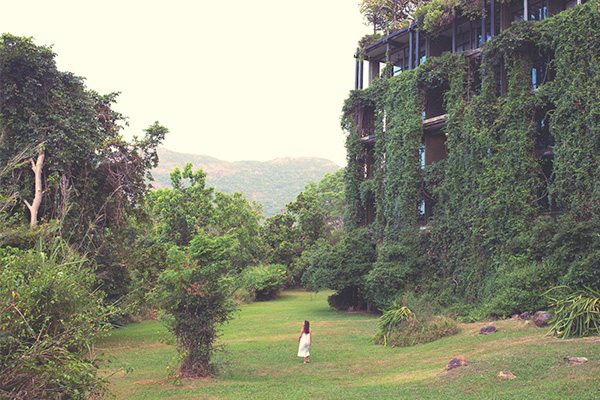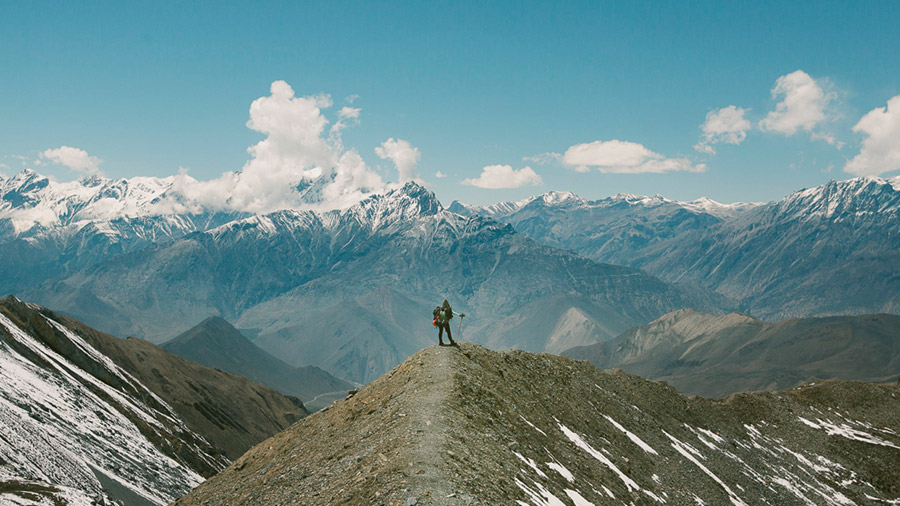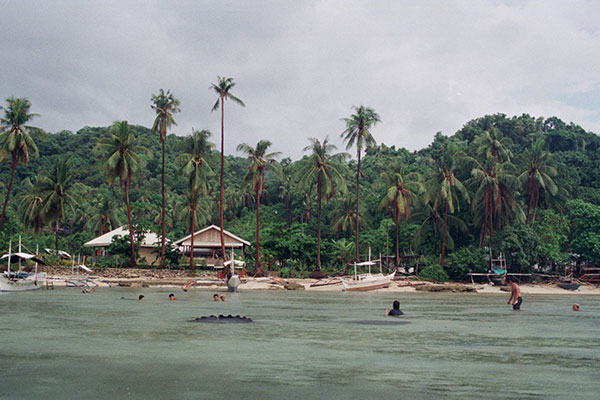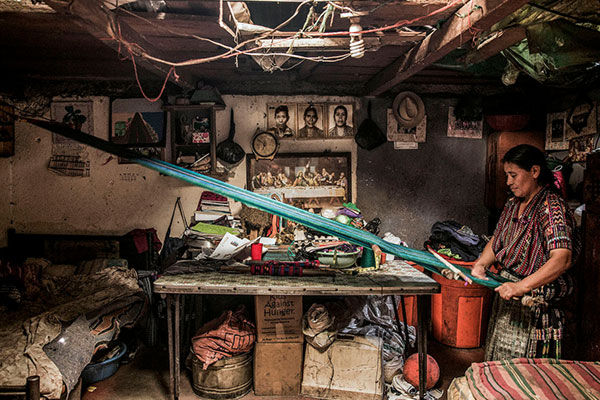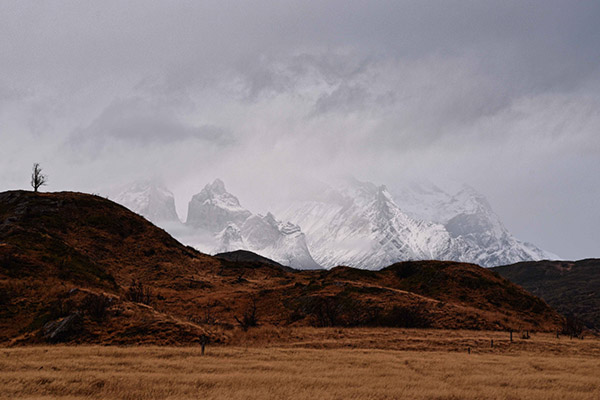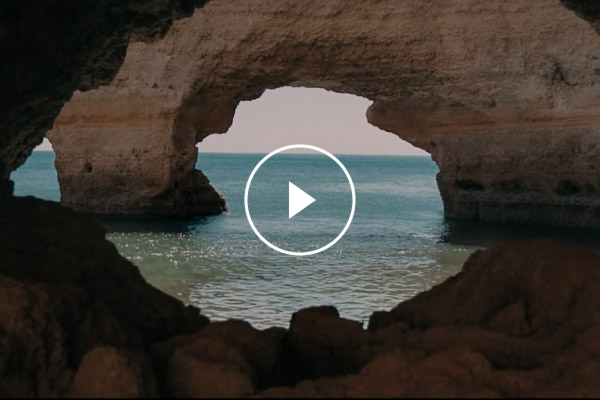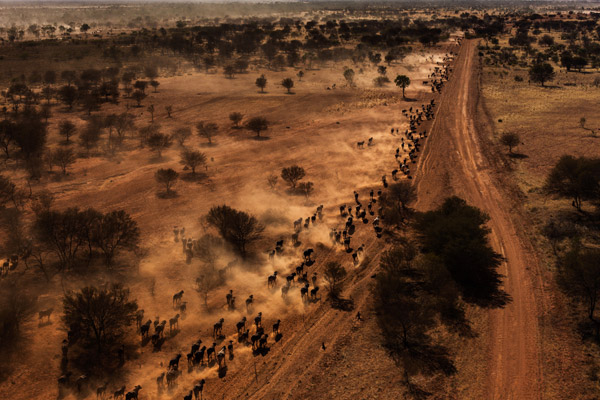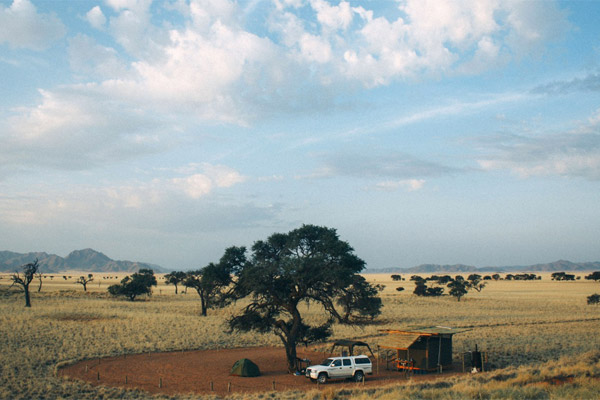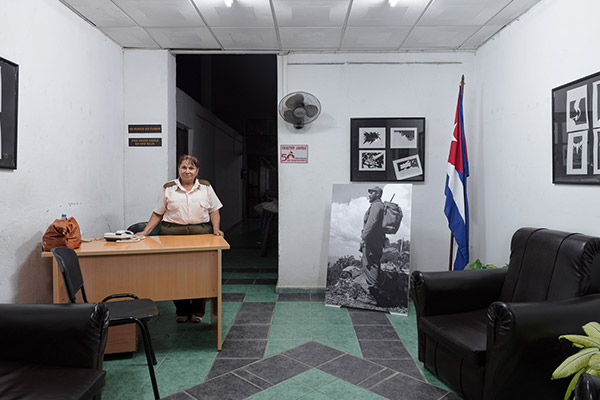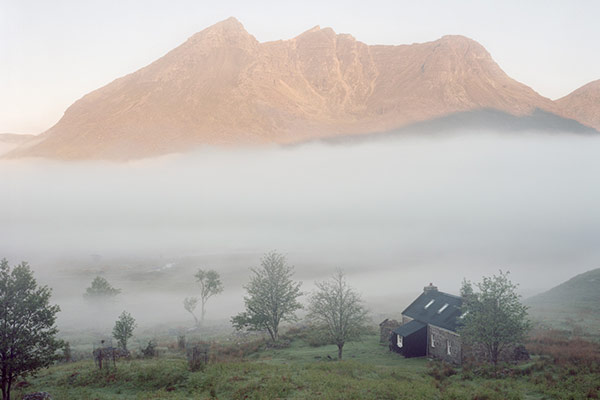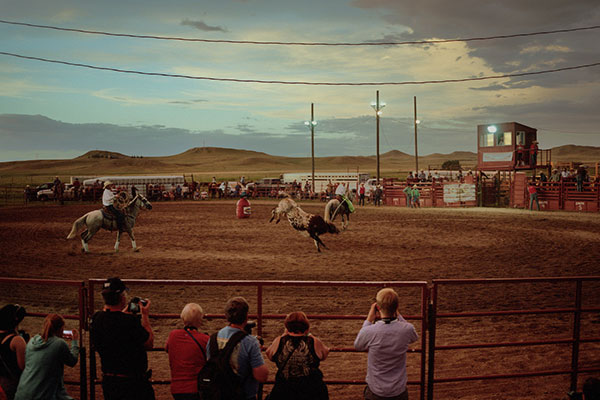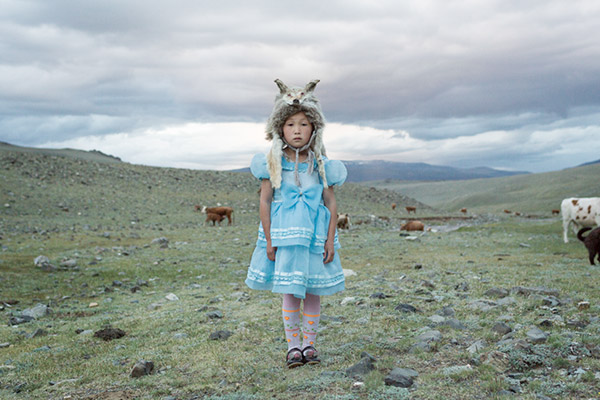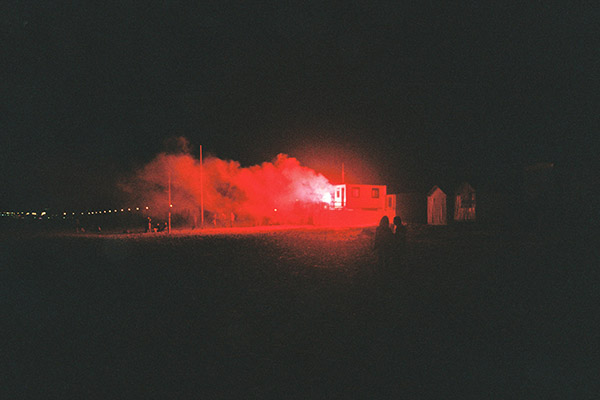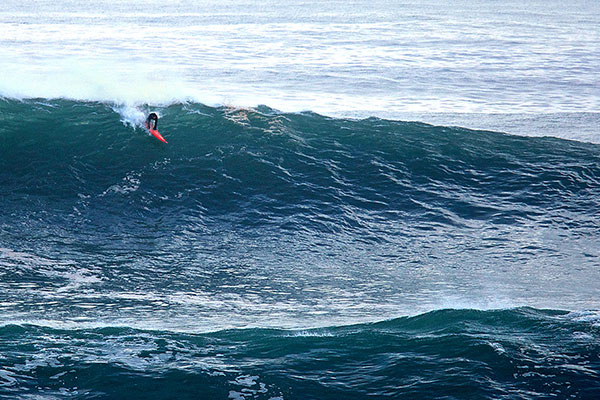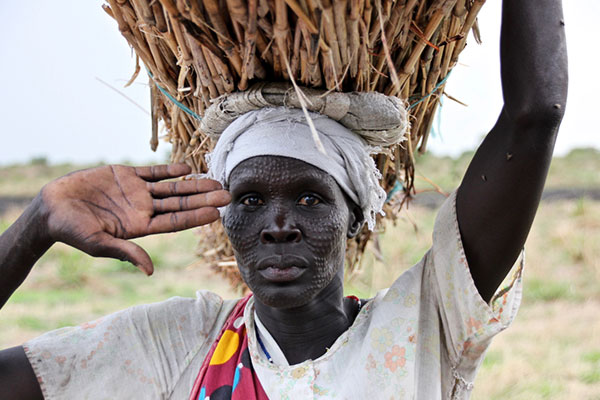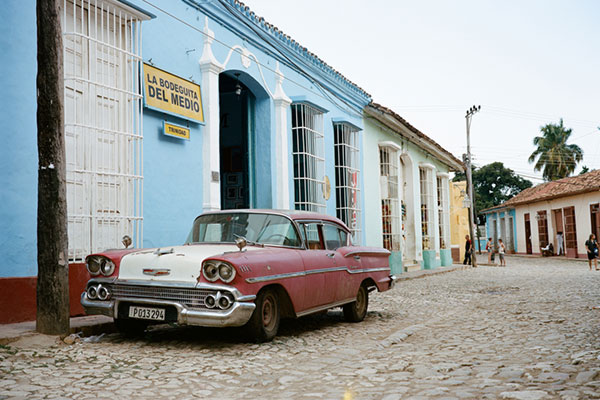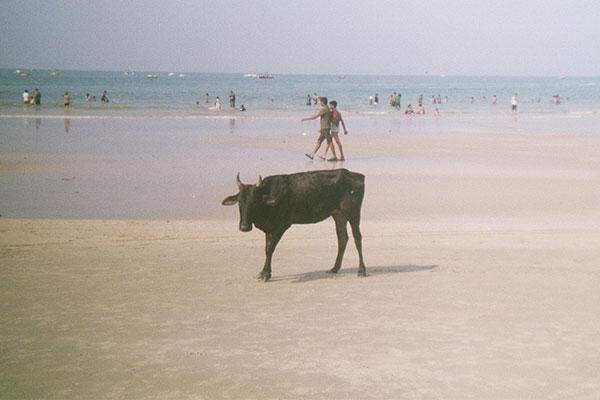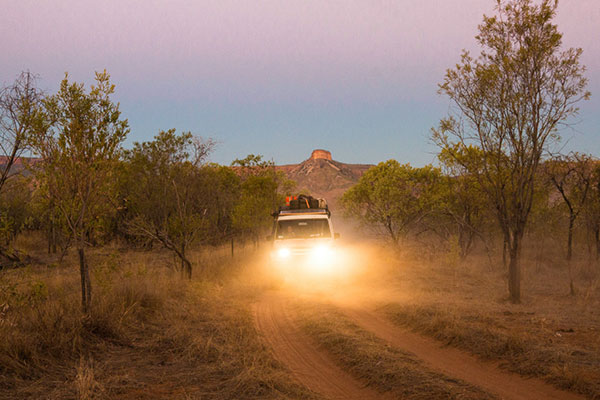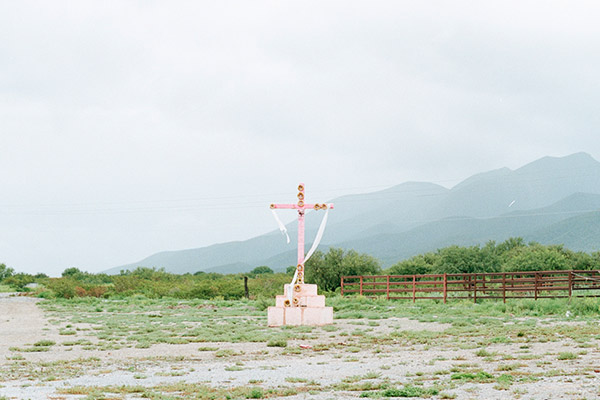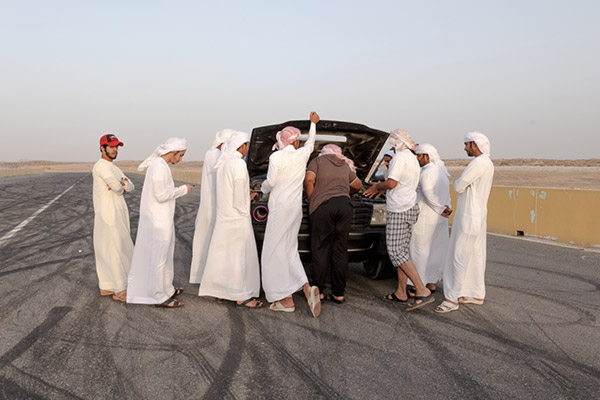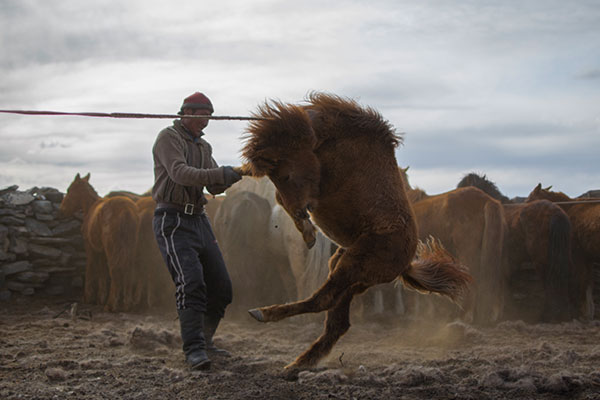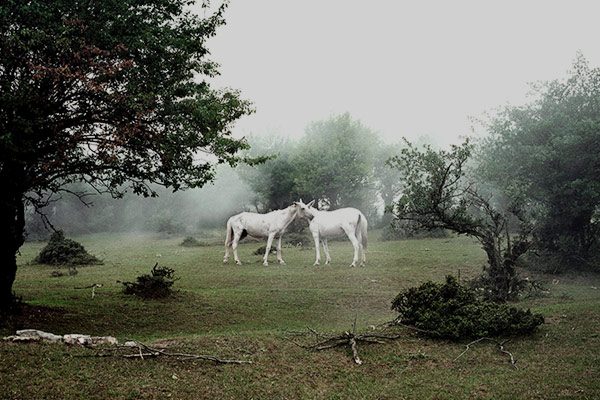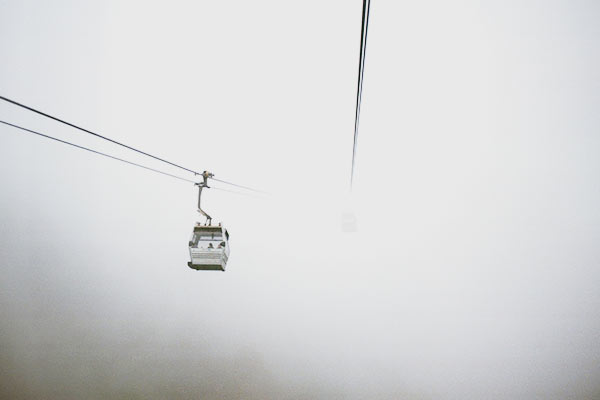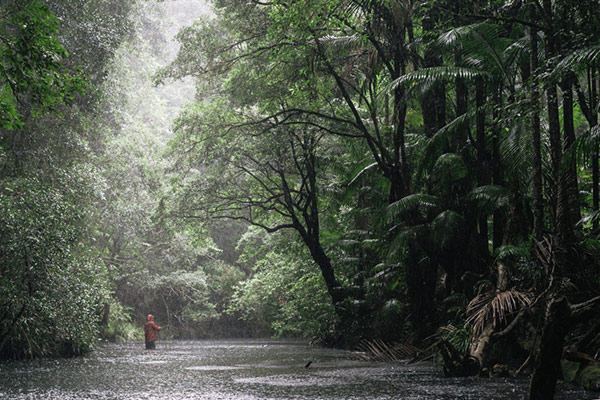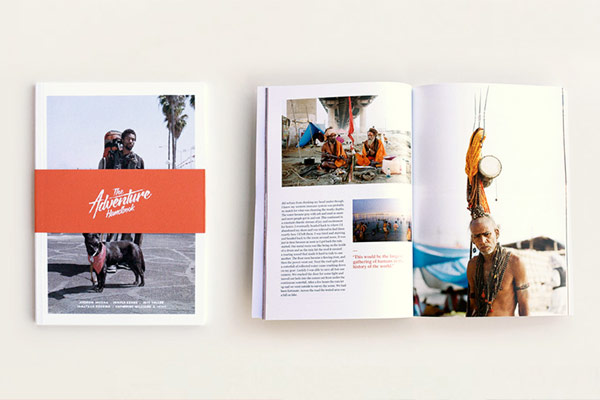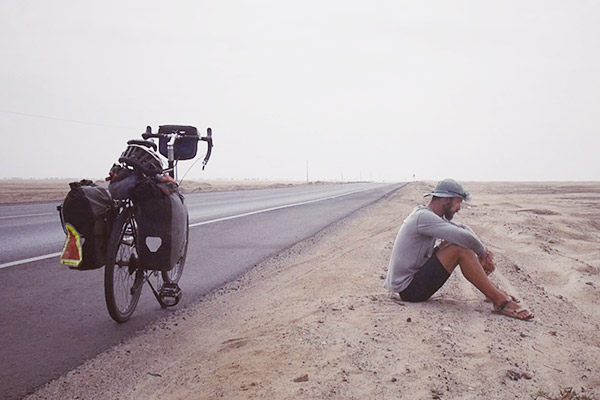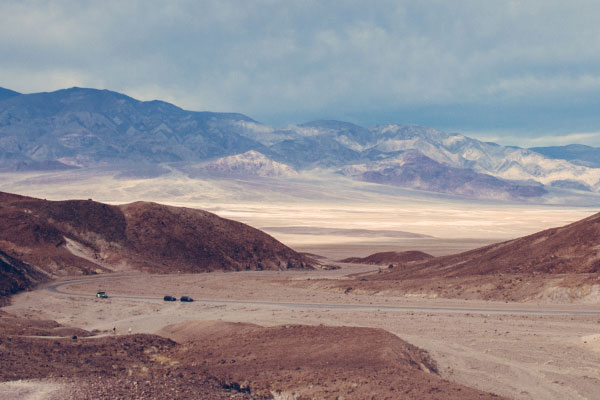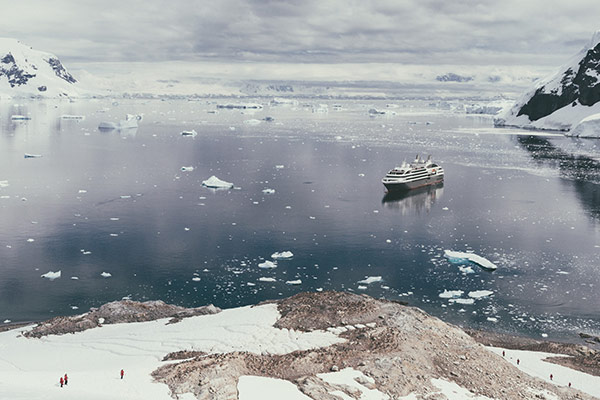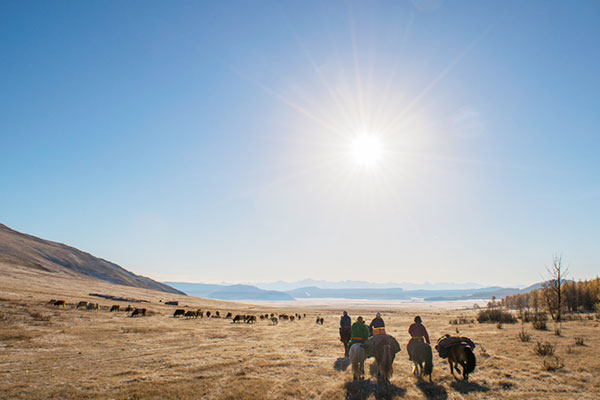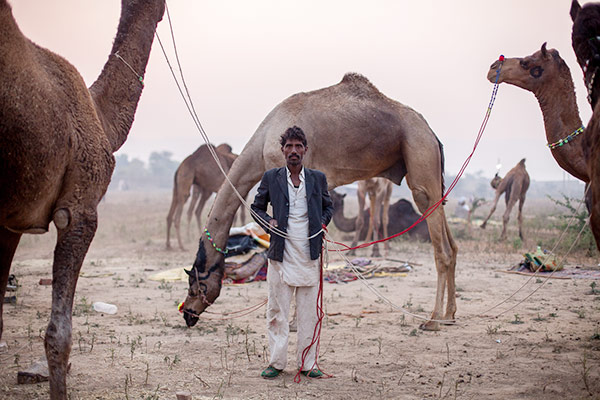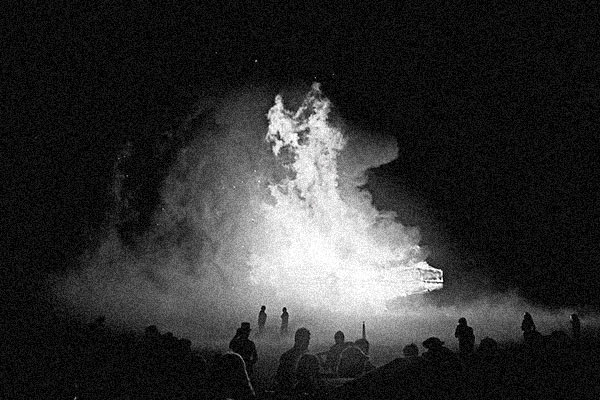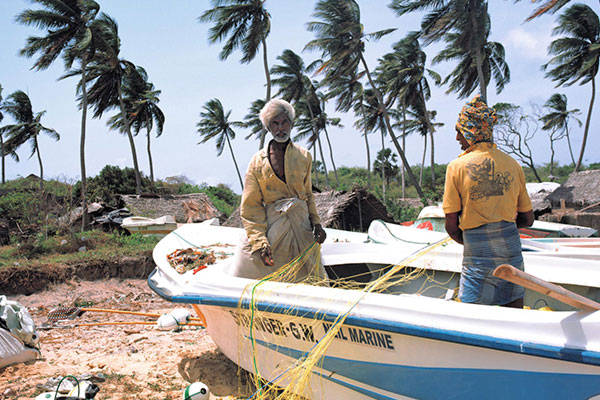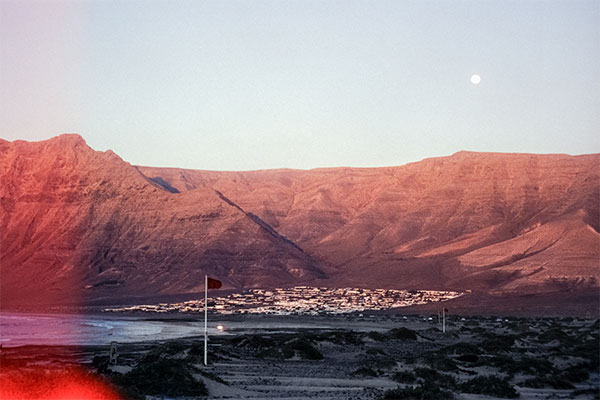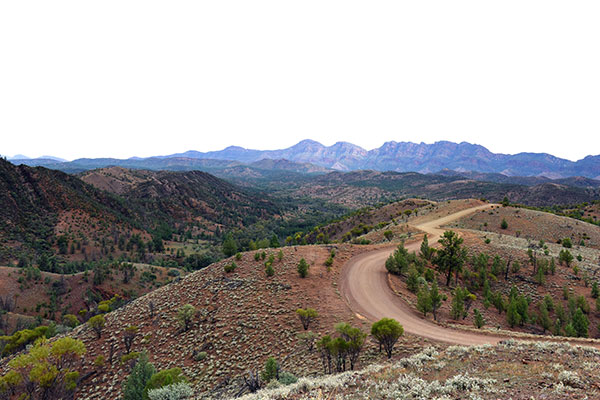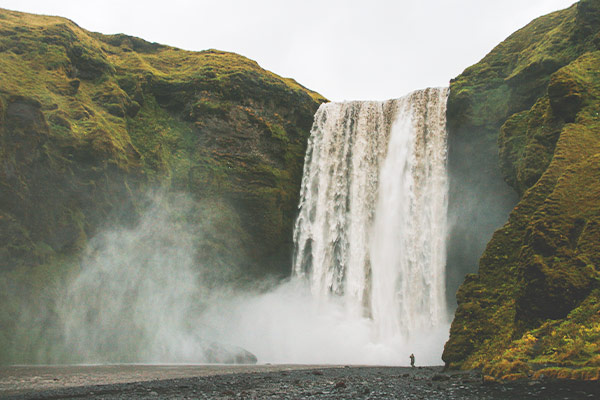On one side of the Rio de la Plata sits the giant Argentina, with its cultural strength and breathtaking landscapes.
On the other side, more reserved and characterised by a tender humility, sits Uruguay, with its discreet beauty, wild landscapes, and varied fauna and luxuriant flora.
We first traveled to Uruguay at the end of September, in the first days of spring. Leaving the airport, I was immediately struck by the smell of burning wood, creating the atmosphere of being in the middle of the nature.
This small country of three million inhabitants is caught between two giants, Brazil and Argentina, but it has no reason to envy its neighbours. While Argentina conquers us by the eyes, Uruguay seduces us with the heart.
The personality of its people – their kindness, friendliness and modesty has only embellished my travel experience.
To me, the beauty of Uruguay lies in the richness of its flora and fauna. While crossing the country I discovered so many places where nature still looks virgin and preserved in its original state. The people of Uruguay do not seem to be trying to control this natural disorder that proliferates with total freedom and spontaneity.
Uruguayan landscapes are flat, characterised by endless rolling plains and low hills. There is a sweetness and tranquility that emanate from these vast expanses of lush greenery. Sometimes you can find on the way large natural parks sheltering opulent vegetation and heterogeneous animal species. Extraordinary birds of unthinkable shapes and colours cohabitate with pink flamingos and capybaras, and in some parts of the coast you can even see sea wolves and penguins during their migration times.
My best memory is in the Rocha area with its historic houses like Casa Pueblo and its natural parks that overlook the coast. Cabo Polonio is a real wild jewel of the Uruguayan coast. It can only be accessed by taking “El Francés”, a 4 x 4 bus that crosses the dunes.
Cabo Polonio has neither electricity or running water, at night this small isolated peninsula offers us a brilliant starry sky.
After 10 days travelling, we crossed the Rio de la Plata to Buenos Aires, the colourful and festive capital of Argentina, before leaving for the north-west of the country. Argentina is much more visceral, imposing and passionate. The region abounds in a rich history and the strong Inca influence that took place 500 years ago.
Argentina is much more visceral, imposing and passionate. The region abounds in a rich history and the strong Inca influence that took place 500 years ago.
The city of Salta is governed by an organised chaos that only makes it more endearing. The sky is criss-crossed by electrical cables suspended from all sides, the traffic is anarchic and at certain times of day the main squares are stormed by uniformed students and sellers of fresh fruit.
The province of Salta seems tinged with a soft ocher light that only sublimates the pastel-coloured architecture of the urban areas and its vast arid expanses.
We left early in the morning, heading south over endless expanses of red rock. The immensity of the Quebradas appeared before us, great valleys crossed by long rivers. Along the way we were able to observe unique geological forms, spectacular cavities dug into the rock over time, like “the devil’s throat” or “the amphitheater”.
On our way to Cafayate, many ceramic and wood artisans have opened the doors of their workshops. Along the rocky roads, we met llamas, fearful vicuñas, and wild guanacos, famous for their aggressive nature.
Like brothers who are neither twins nor enemies, Argentina and Uruguay are fascinating in their intensity and generosity, with the combination of a wild nature and a unique cultural richness.
I keep in my mind the idyllic memory of these grandiose landscapes, their pastel colours, the quality of the air, and these impressive open spaces where you could feel the thickness of time passing slower than anywhere else.
Receive a postcard from us sign up


